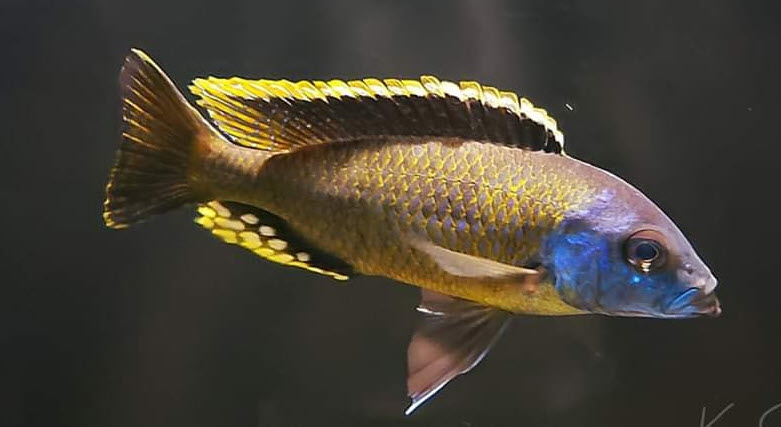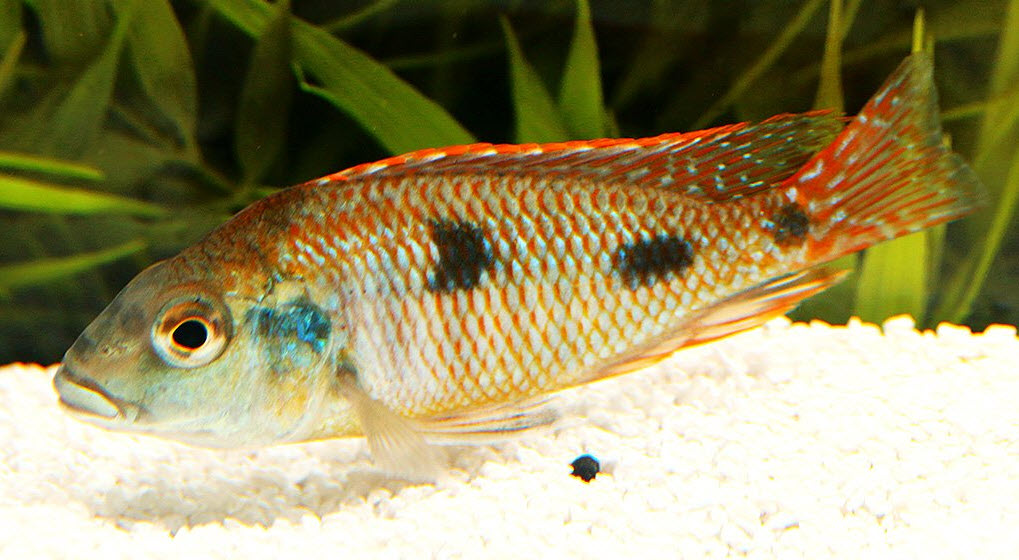Understand, I recommend fish-less cycling for all aquarium hobbyists setting up a tank. This is simply the best way to cycle an aquarium with the least risk to the fish.
But contrary to many fervent people on social media, one does not HAVE to formally cycle a tank. If one only adds a few fish to an aquarium and feeds those fish lightly, the tank will cycle naturally and the fish will be just fine. When I suggest this on social media I’ve been told I’m “just wrong”, “barbaric” and “behind the times”.
One must realize how forgiving Mother Nature is. Mother Nature cycles 99.9% of all aquariums whether the hobbyist is doing a formal “cycling” or not. Only tanks which are thoroughly cleaned on a frequent schedule will avoid being cycled by Mother Nature.
When I started the hobby fifty years ago, I set up many aquariums before I knew there were such things as cycling, the nitrogen cycle, or beneficial bacteria. I only lost a few known “difficult” fish (neons). But I firmly believed in feeding very lightly and I always added only a few fish at a time. This probably explains my success. Of course, the folks on social media would say I was just “lucky”, ……. – …….about 15 times!

A “newbie” can set up a new aquarium and immediately add a few fish, feed lightly, and usually succeed just fine. This is why so many people give glowing testimonials as to how well a certain “bacteria in a bottle” works.
Testing shows bacteria-in-a-bottle simply doesn’t work:
The same holds for cycling a tank by adding chemicals like Prime or Amquel every day for a month. Newbies use these chemicals when adding moderate amounts of fish to a new aquarium and they are successful, so “obviously” these products worked! There is an old truth in science, “correlation is not causation”. Here is an analysis of these ineffective chemical “instant start” products:
2.9. Chemical “Instant Start” Products

Ammonia Toxicity
Mythbuster: There is a myth that if one adds moderate numbers of decent-sized fish to an aquarium that isn’t cycled, the fish will suffer or die a good percentage of the time. Ammonia toxicity is very dependent on pH. The most accurate way to illustrate the toxicity of ammonia (and nitrite and nitrate) is a chart derived from the University of Florida ammonia toxicity chart (Publication #FA16, “Ammonia in Aquatic Systems”, Ruth Francis-Floyd). This chart translates the Seachem Alert dot test (top of the chart) of “ammonia gas” NH₃ to the API test (the body of the chart) of “total ammonia” (NH₃+ NH₄+) as to toxicity levels. The toxicity minimum (the level at which long term damage can begin to occur) for a short period (a few days or a few weeks) for ammonia, nitrite, and nitrate in the freshwater aquarium is as follows:
| pH of the water | API Ammonia test in ppm | API nitrite test in ppm | |||
|---|---|---|---|---|---|
| pH | Alert | Alarm | Toxic | Alarm | Toxic |
| 6.6 | 16 | 64 | 160 | 0.5 | 2 |
| 6.8 | 11 | 44 | 110 | 0.5 | 2 |
| 7.0 | 8 | 32 | 80 | 1 | 4 |
| 7.2 | 5 | 20 | 50 | 1.5 | 6 |
| 7.4 | 3 | 12 | 30 | 2 | 8 |
| 7.6 | 2 | 8 | 20 | 2 | 8 |
| 7.8 | 1 | 4 | 10 | 2.5 | 10 |
| 8.0 | 0.8 | 3 | 8 | 3 | 12 |
| 8.2 | 0.6 | 2 | 6 | 3.5 | 14 |
| 8.4 | 0.4 | 2 | 4 | 3.5 | 14 |
| 8.6 | 0.25 | 1 | 2 | 4 | 16 |
| Nitrate alarm level is greater than 80 ppm. Nitrate toxic level is greater than 440 ppm. |
|||||
To use the chart, measure your pH. Find the pH in the left column. Read across as to the toxicity level with the API test. If one’s pH is 7.6 and one is concerned about ammonia, one should be “Alert” at 2 ppm and watch things One should be “Alarmed” at 8 ppm API ammonia and do water changes, and fish will start dying (“Toxic” level) at 20 ppm of the API ammonia test. To read the API test kit at those levels one must dilute the water by a factor of ten and then multiply the results by ten.
These numbers will shock most hobbyists, but they are accurate as confirmed by a host of university papers. Because of the low toxicity of these compounds, one can successfully add moderate numbers of decent-sized fish to an uncycled aquarium.
There are some caveats:
- It must be a moderate number of fish.
- One can’t overfeed (greater than 1% of the fish’s body weight per day).
- The pH can’t be high as ammonia spikes are very poisonous at high pHs.
- The pH can’t be very low as nitrite becomes very toxic at low pH.

Adding fish immediately to an aquarium, with or without “bacteria in a bottle” or chemicals like Prime or Amquel, MAY RARELY result in long-term damage to the fish organs and immune system, leaving the fish more prone to disease and early death. But that caution must be tempered. This is what is known as a “risk factor” in fish death. It’s like a human having two beers and ten cigarettes per day. Immediate death is not inevitable. It is just “risky”, like climbing without ropes.


